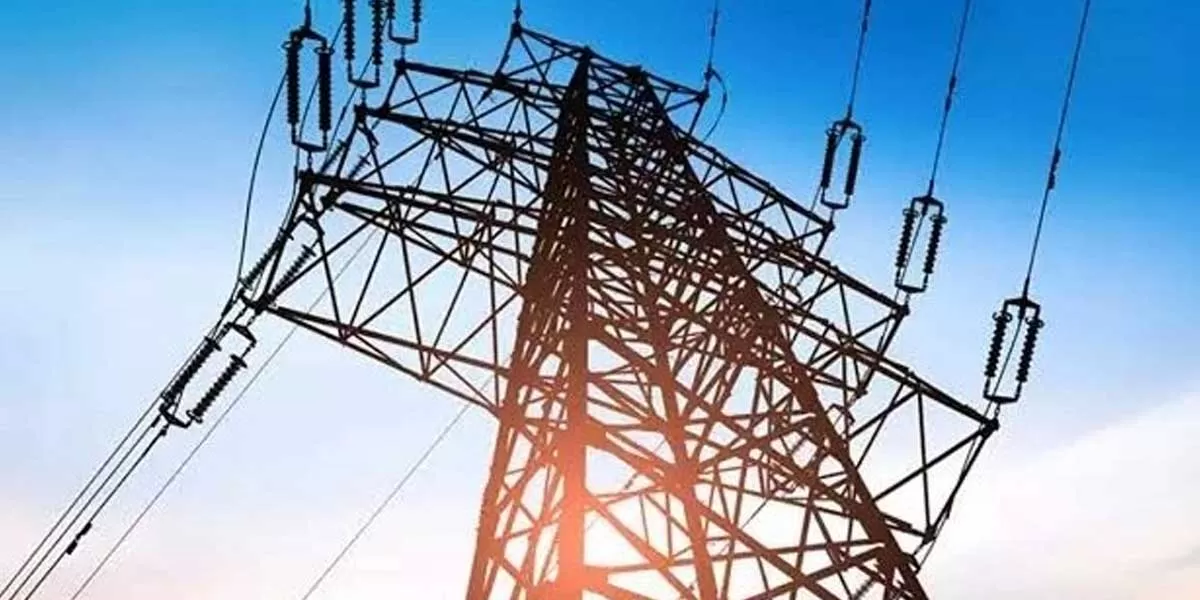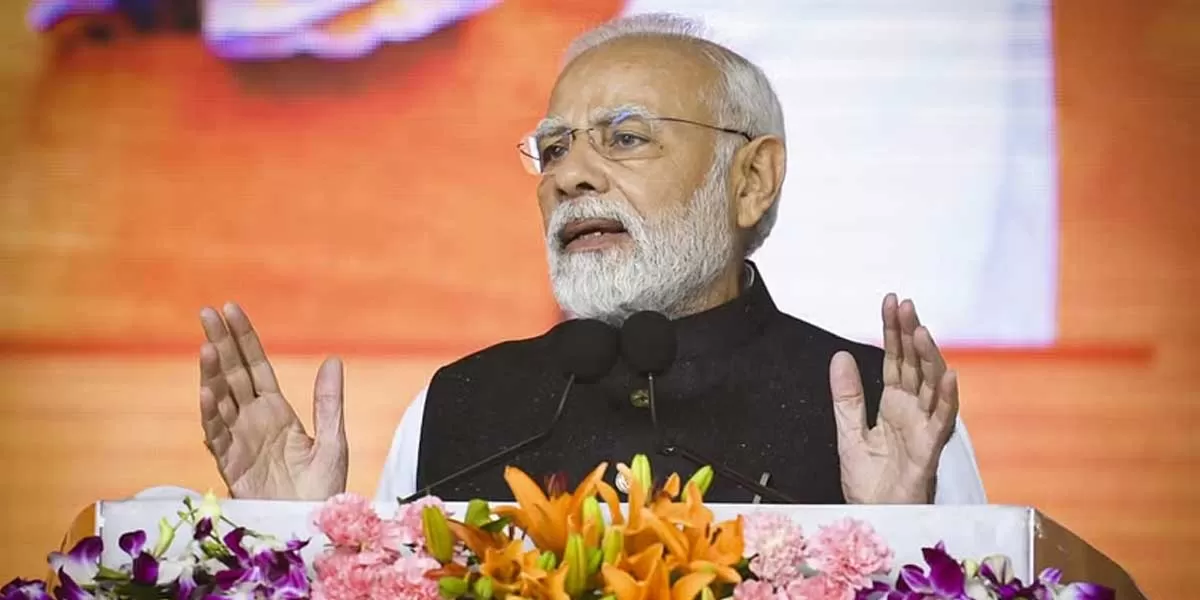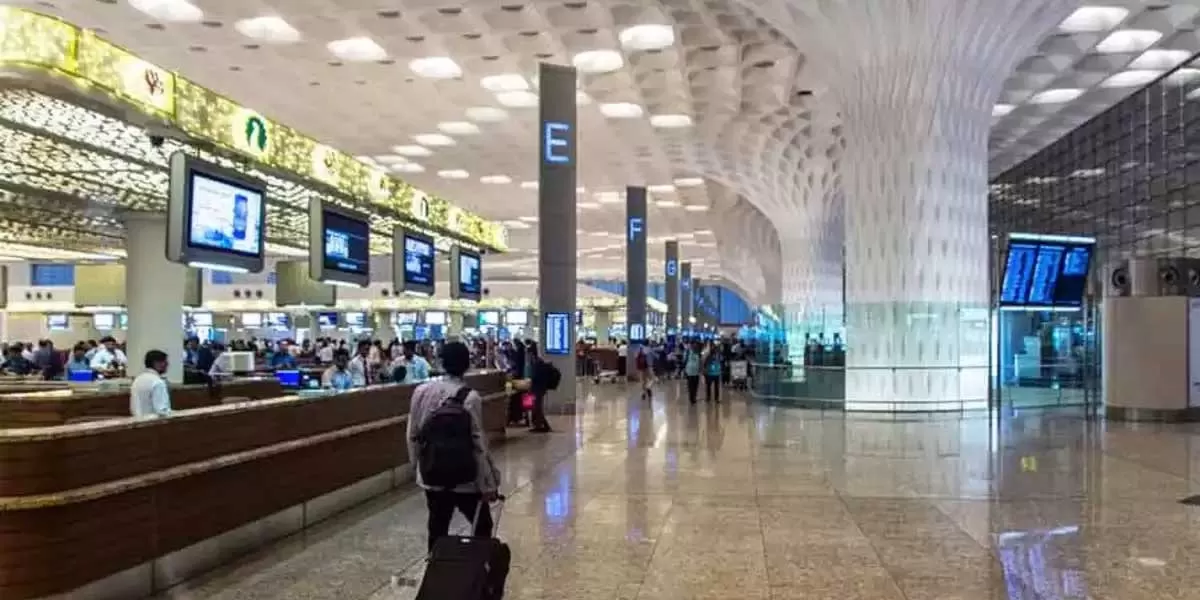
Redefine the future of urban mobility! Join us at the Metro Rail Conference 2025 to explore groundbreaking ideas and insights. 👉 Register today!

Telangana CM Seeks Regional Ring Road and Rail Support for Hyderabad
Telangana Chief Minister A. Revanth Reddy has appealed to Prime Minister Narendra Modi to approve the Regional Ring Road (RRR) and the proposed 'regional ring rail' to facilitate Hyderabad's transformation into a global city. Speaking at the launch of UNIKA, the autobiography of former Maharashtra Governor Ch. Vidyasagar Rao, Reddy emphasised the need for federal cooperation to propel Telangana toward becoming a $1 trillion economy. Reddy highlighted Hyderabad’s contribution of 60% to Telangana’s income and sought Union support for key initiatives, including a dry port and the expedited c..

PM Modi to Commission Three Naval Combatants, Inaugurate ISKCON Temple
Prime Minister Narendra Modi is set to dedicate three advanced naval combatants—INS Surat, INS Nilgiri, and INS Vaghsheer—during their commissioning ceremony at the Naval Dockyard in Mumbai. Additionally, he will inaugurate the Sri Sri Radha Madanmohanji Temple, an ISKCON project, in Kharghar, Navi Mumbai, as part of his visit to Maharashtra, according to a statement from the Prime Minister’s Office (PMO). The commissioning of these naval assets is a significant milestone in India’s journey toward becoming a global leader in defence manufacturing and maritime security. INS Surat, the f..

Navi Mumbai Airport to Ease General Congestion at Mumbai Airport
Mumbai’s growing aviation congestion has prompted plans to relocate most business jets, turboprops, and charter aircraft from the city’s airport to Navi Mumbai International Airport (NMIA) by year-end. Currently, these aircraft are parked in general aviation bays off the main runway of Mumbai Airport. A spokesperson for Adani Airports Holdings Ltd confirmed that NMIA, set to commence operations in 2025, will feature advanced infrastructure, including dedicated hangars for private and charter aircraft. The transition aims to create additional aeronautical assets at Mumbai Airport, which wi..















